#tylecodon
Text
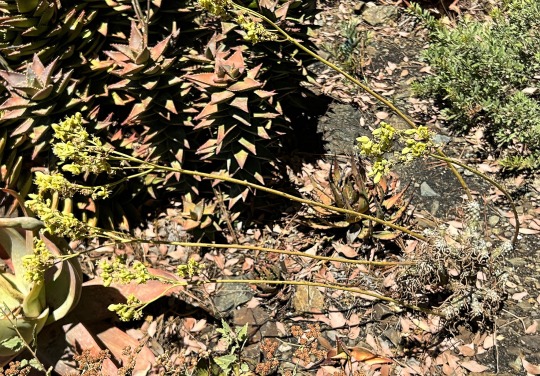


Tylecodon wallichii
Tylecodon is a genus in the Crassulaceae, or Stonecrop Family, and all of the species were once included in Cotyledon (Tylecodon is an anagram of Cotyledon). The differences are that the leaves in Tylecodon are alternate (vs. opposite in Cotyledon), and the species in Tylecodon go dormant in the summer. Our plant had fleshy cylindrical leaves all during its winter growing season, but as soon as these began to wither the flower stalks emerged, reaching a height of about 3 feet (almost 1 m). It is a little hard to see the stems in the upper photo, showing the whole plant in flower, so I have included a close-up of a knobbly stem, as well as a shot of the yellow flowers. Tylecodon wallichii comes from the winter-rainfall area in western South Africa, and northward into southern Namibia.
-Brian
17 notes
·
View notes
Photo
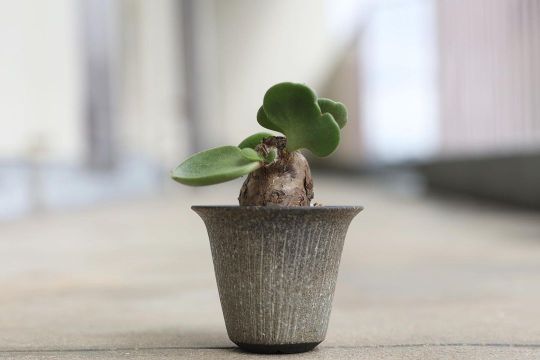
*230318 塊根を出してペリペリとめくるとなかなか艶やかな肌が見えてきて良い感じに😆 そして相変わらず葉がでかい🍃 少しネバネバしてて虫やら用土かくっついたりするんだけど匂うと3Mのスプレーのりのニオイがするのは不思議🥸! #tylecodon #atropurpureus #チレコドン #アトロプルプレウス #アトロプルプレウス_ky #caudex #cactus #succulent #塊根植物 #サボテン #多肉植物 #観葉植物 #住宅 #神戸 https://www.instagram.com/p/Cp7u9KjrdLE/?igshid=NGJjMDIxMWI=
#tylecodon#atropurpureus#チレコドン#アトロプルプレウス#アトロプルプレウス_ky#caudex#cactus#succulent#塊根植物#サボテン#多肉植物#観葉植物#住宅#神戸
8 notes
·
View notes
Text
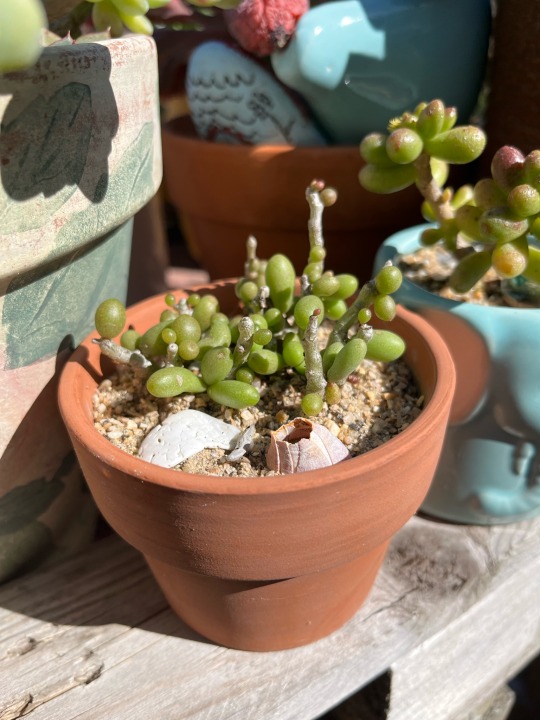

#plants#california#succulents#garden#backyard#gardening#potted succulents#potted garden#flowers#cactus#potted plants#lithops#pottedgarden#pottedsucculents#Tylecodon Schaeferianus#dragon eggs
5 notes
·
View notes
Photo

ユーフォルビア・ラメナ Euphorbia ramena Motif : @momosakurasaku 私の中で冬型塊根の栽培が上手な方と言われたら真っ先に思い浮かぶ @momosakurasaku さんのラメナをモチーフにお借りしました🙇🏻♂️ 特にクラビフォリア栽培が下手くそな私は色々お聞きしたい😅 少しずつ自分なりのテイストに植物画を落とし込めてきてるのでこのまま色々描いていこうと思います。個人的に思うのはやっぱり厚塗り好きだなぁと。 それにしてもユーフォルビア・ラメナカッコいい。好きなユーフォルビアです(持ってないけど🥹) I used picture of euphorbia ramena from @momosakurasaku who grows plants really good especially tylecodon, Othonna, and other caudex. These days I’m spending time for painting different style and I feel it’s doing good so far. I need to keep it up! https://www.instagram.com/p/Coa_EJ8vT3T/?igshid=NGJjMDIxMWI=
4 notes
·
View notes
Photo
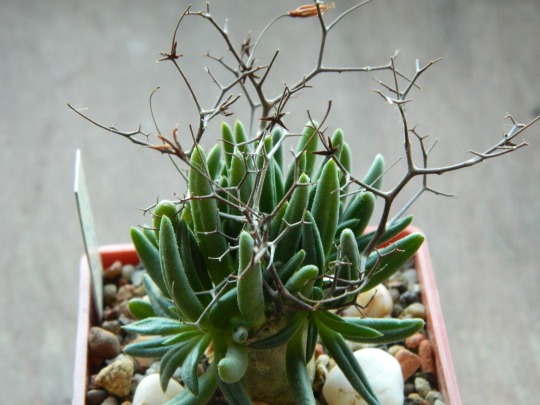
Tylecodon reticulatus, Namibia
2 notes
·
View notes
Text
9 rare succulents to welcome spring
Post has been published on becoration
9 rare succulents to welcome spring
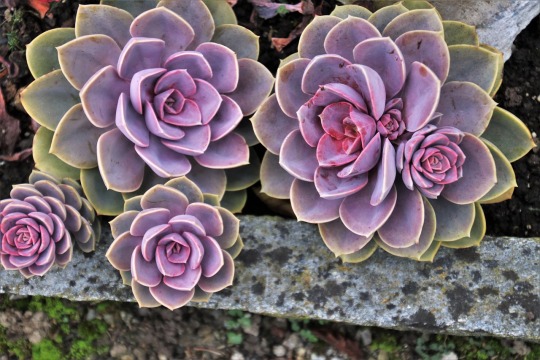
Succulents are one of the easiest plants to care for and also offer such a diverse range of shapes, colors, and sizes that there is something for everyone. They are characterized by their low maintenance, as they store water in their leaves, stems, or even roots, making them resistant to even the most forgetful person.
But, in addition, there are some rare succulents that stand out for their unique beauty. How about if we talk about some of them? Pay attention because you will love them and you could have them both outside your home, on terraces, balconies, etc., and inside in areas with plenty of light and some direct sun (especially variegated ones). Shall we begin?
Haworthia cooperi var. truncata
Starting with a succulent native to South Africa and characterized by its triangular and translucent leaves. Yes, they are almost transparent. They all come together in a rosette with geometric aspects that give it a unique appearance.
It is a gem for collectors and plant lovers. Also, in spring is when it blooms, with small white flowers that perfectly complement the intense green (or different shades of green) of its leaves.
Fenestraria rhopalophylla. The Baby Toes succulents
You may not recognize it by this name, but it is sold under the nickname “baby toes”. Like the previous one, it is from South Africa and has cylindrical green leaves that grow in clusters.
In spring, if everything goes well and the plant is well cared for, you will see it produce flowers that can be white or yellow. This, combined with its green leaves, will give a very curious touch to your garden or the pot where you have it.
Conophytum calculus
This is one of the rarest succulents you will find. Mostly because what you will have is a green ball in the pot, several if you have more plants like this. It is similar to other stone plants, but in this case it has a rounded shape.
In spring, from the center of that ball, a flower will usually emerge, normally yellow, not too large but appropriate to the size of the ball. The rest of the year it will remain a chubby and curious ball, suitable for decorative use at home.
Adromischus cristatus
This succulent is characterized by having elongated, chubby leaves with wavy edges. It grows in clusters in such a way that it seems to form rosettes.
Like all the others, it blooms in spring with small flowers that can be of various colors, giving a unique touch to the plant.
Aloe polyphylla (Spiral Aloe)
If you like aloe, did you know that there are several different succulents of this kind? One of them is the spiral aloe, which, as you may have guessed, grows with its leaves spiraling around a center, creating an impressive visual effect.
In spring, it will produce clusters of bell-shaped red flowers. However, be careful because it tends to attract bees. Also, hummingbirds but these birds are not seen in Spain.
Astrophytum asterias
No, we haven’t made a mistake. We know that a cactus is not a succulent. But this one, which has a spherical shape and also lacks spines, resembles a succulent more.
In spring, this cactus will produce white or yellow flowers and will attract attention because it contrasts quite a bit with the spotted green of its shape. Additionally, there is a variegated version where the color changes radically.
Tylecodon paniculatus
Can you imagine a succulent with the shape of a tree? Well, this is one of those succulents (because there are actually more). It has a bush shape and its leaves are fleshy and gray-green.
In spring, it will produce clusters of pale pink flowers that are very attractive to butterflies and bees.
Huernia zebrina
Known for its distinctive zigzag pattern of stripes, it is one of the rare succulents you could have at home. Initially, its “leaves” are green, and beyond that zigzag pattern, they don’t seem to have anything else striking.
But when it blooms in spring, the flowers it produces are star-shaped. However, be careful because it is said to have a scent of rotting flesh, so if you don’t like that, it’s better not to buy it.
Echeveria Rainbow
Within the Echeverias, we could talk about hundreds of them, each more beautiful than the last. But we wanted to choose the Echeveria Rainbow because it is said to be one of the most beautiful in the world. It is characterized by having multicolored leaves, which is why it is called rainbow. In reality, it is the variegated form of the Echeveria Perle von Nürnberg.
In spring, it will delight your eyes even more with coral pink flowers.
As you can see, there are many rare succulents. And we have left out many more. If you have a house where you can enjoy the sun, whether in a zone, in the garden, etc., go for them. You will hardly have to take care of them and when you notice them, you will see that they are quite a spectacle. Do you recommend any that you know?
Source: MiMub in Spanish
0 notes
Text
Qué es el Tylecodon y cuáles son sus cuidados
Dentro del mundo de la botánica, el de las suculentas resulta especialmente interesante. Estas plantas han sabido adaptarse de manera... http://dlvr.it/Sq7RZP
0 notes
Text
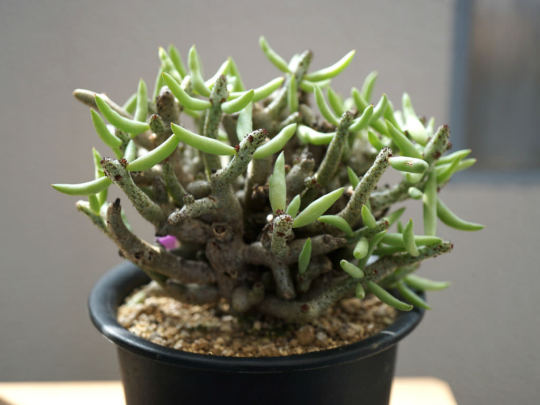
Tylecodon buchholzianus
https://kmart.kinhmoi.com/xuong-rong/tylecodon-buchholzianus/?feed_id=137&_unique_id=63c3ff585fe71
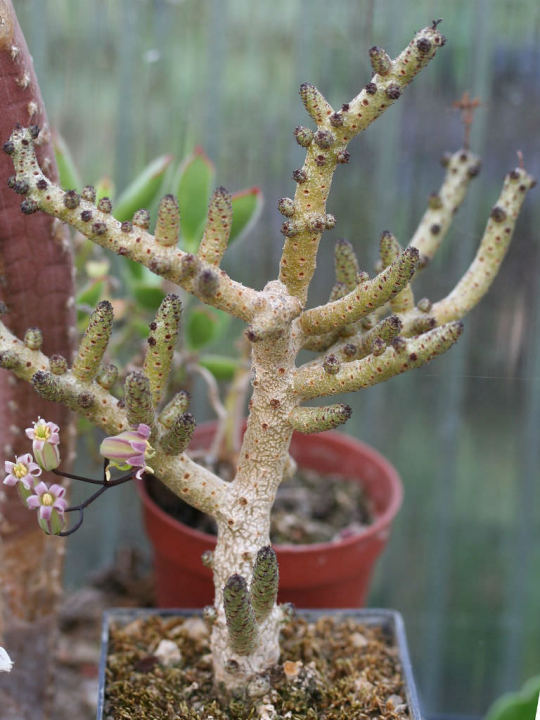




0 notes
Photo
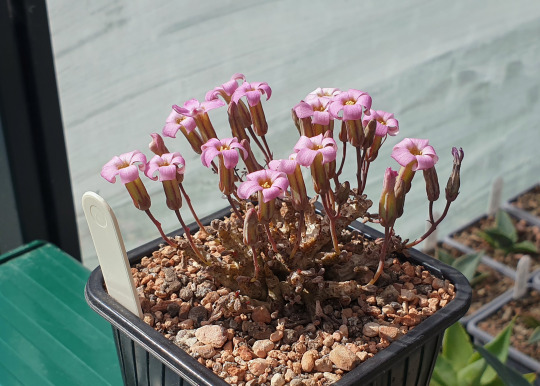

Tylecodon schaferianus.
August 2021.
35 notes
·
View notes
Text


The last week or so has been….*fraught*, so I haven’t had much time to devote to the greenhouse (during the day).
Happy enough without me, many plants have been flowering entirely out of my view. However, I’m really happy to have caught this little one today.
South African plants seem to do well in England—likely because a lot of them are winter growers and so it always feels like winter to them. Among them, the caudiciform (pachycaul), poisonous, and completely unpleasant genus Tylecodon is of special interest to me, and this is a rare’un
#succulents#succulents and cacti#botany#cacti and desert plants#succulentaddict#plantblr#biology#tylecodon#caudex
9 notes
·
View notes
Text

Tylecodon cacalioides (c. 1777-1786) - Robert Jacob Gordon
#Wonder Rooms#Cabinet of Curiosities#Public Domain#Robert Jacob Gordon#18th Century#Scientific Illustration#Botany#Plantae#Saxifragales#Crassulaceae#Tylecodon
7 notes
·
View notes
Photo
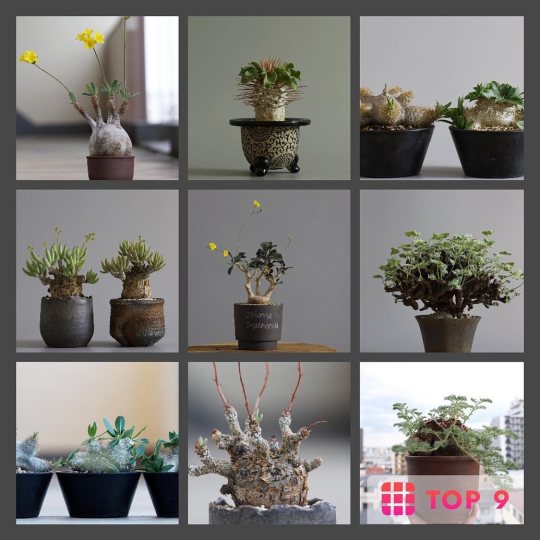
*221231 2022年は96ポスト✨ 今年もお世話になりました。 自分のポストなのにコメントを返すのが遅すぎるという無礼をかましてましたがそれでも懲りずにコメントを頂けた方ほんと嬉しい限りです🙇🏻♂️ 今年はしっかりと9つの画像からそれぞれのポストに飛べるようにリンクしてます👆🏻 来年も多忙な中変わらずポストしていく所存。よろしくお願いします🎍 良いお年を🎌 #パキポディウム #グラキリス #pachypodium #gracilius #象牙宮 #tylecodon #pearsonii #チレコドン #ペアルソニー #白象 #pelargonium #mirabile #ペラルゴニウム #ミラビレ #多肉植物 #サボテン #caudex #cactus #succulent https://www.instagram.com/p/Cm1GoXwrxAY/?igshid=NGJjMDIxMWI=
#パキポディウム#グラキリス#pachypodium#gracilius#象牙宮#tylecodon#pearsonii#チレコドン#ペアルソニー#白象#pelargonium#mirabile#ペラルゴニウム#ミラビレ#多肉植物#サボテン#caudex#cactus#succulent
4 notes
·
View notes
Photo
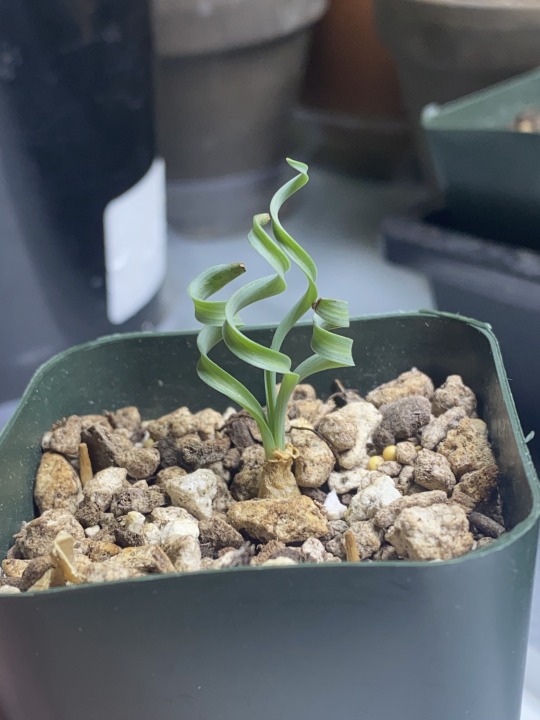
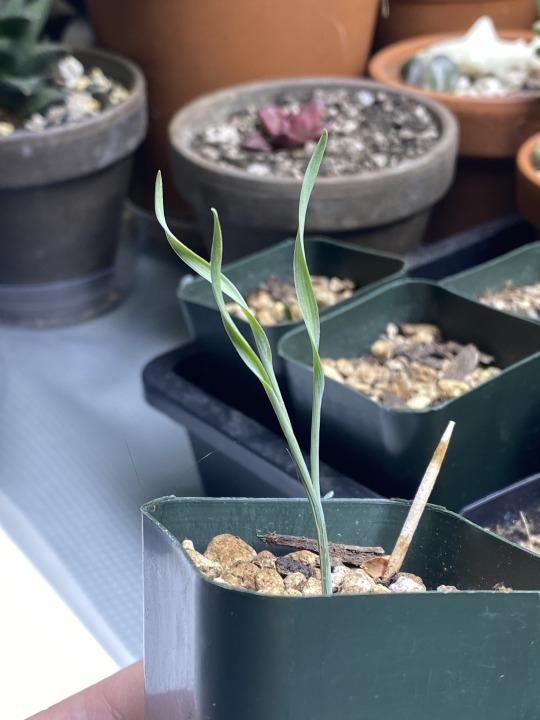



The winter growing babies have woken up!
— Albuca concordiana (day 438)
— Another A. concordiana sibling with a different leaf phenotype.
— Tylecodon wallichii (day 1027)
—Massonia pustulata (day 968)
123 notes
·
View notes
Photo

Tylecodon pearsonii 白象 Tools : #copicsketch Paper : #ohuhu 種から育てたペアルソニーの実生株をモデルにコピックマーカーでスケッチ。チレコドンは沢山持ってるのでいずれチレコドンまとめたポスターでも作ろうかな🤔 流石にマイナーすぎて需要なさそうだけど、自分が欲しいだけ😂 Copic marker sketching #tylecodonpearsonii which is grown from seed for two years. It’s just my second try for using copic marker but I’m getting used to it 😁 https://www.instagram.com/p/Cfqm7h0uCb7/?igshid=NGJjMDIxMWI=
1 note
·
View note
Photo

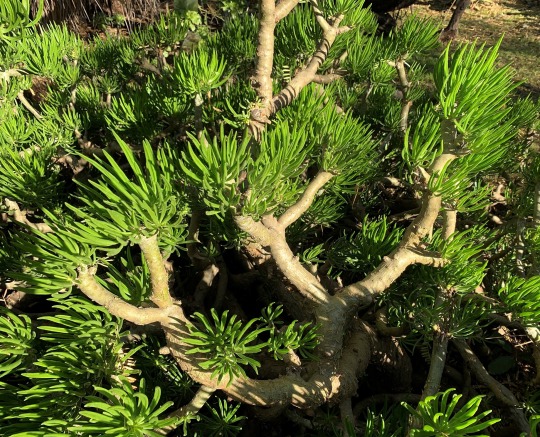
Tylecodon ×dinteri
Although first named as a species, this plant turned out to be a hybrid between Tylecodon paniculatus and Tulecodon wallichii, both from the winter-rainfall zone in western South Africa. With its peeling bark, it more closely resembles the former. It has a very different look during the summer months, when it is leafless and dormant, showing off its dramatic succulent stems. The appearance of the bright green cylindrical leaves in autumn changes the picture completely.
-Brian
47 notes
·
View notes